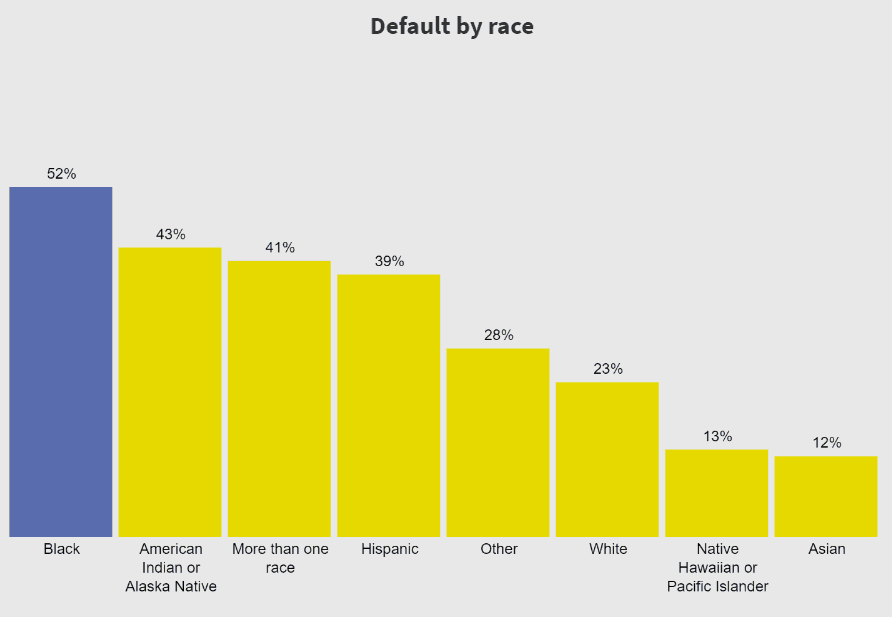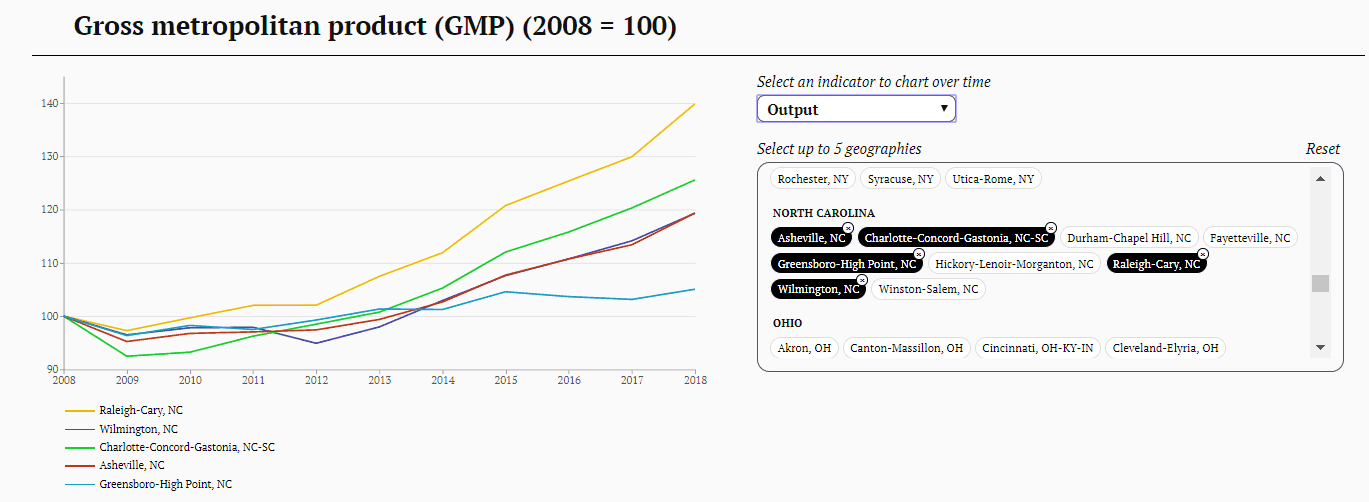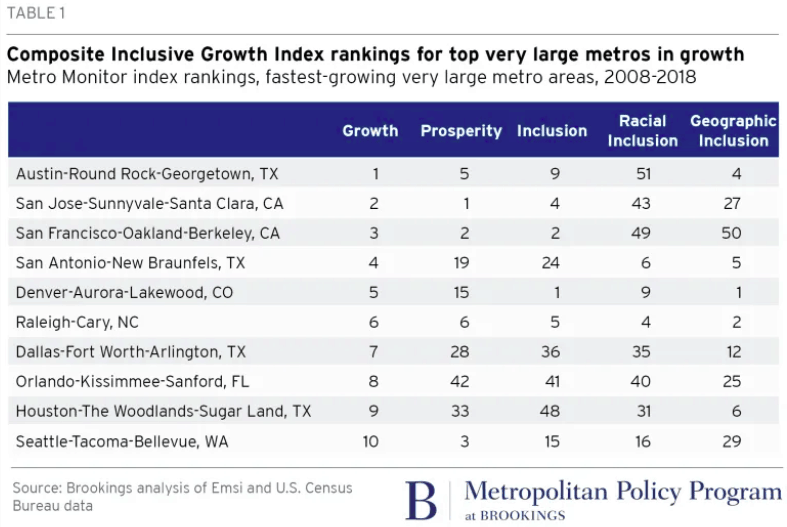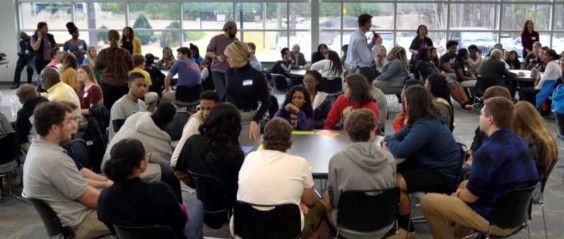Dropping Knowledge
“31% of the outstanding [student loan] debt is held by borrowers who did not complete their degree. This represents 19.7 million people.”
This statement from the Chronicle of Higher Education’s recent story on student loan debt blew my mind. I’ve read many reports about student loan debt, but I don’t think I’ve seen that number before. The Chronicle’s interactive story on student loan debt is worth your time. They break down the current data to show how many people hold student loan debt, characteristics of borrowers, and data on repayment and delinquency.
Particularly noteworthy is the data on delinquency. Borrowers who attended for-profit institutions, black borrowers, and borrowers with less than $10,000 in loans were more likely to default.

In the News
If you follow education policy in North Carolina, you’ve probably heard a lot about the Leandro case in the past few months. This week, EdNC.org took a look at the critical needs identified in the WestEd report and laid out in the judge’s consent decree.
These include things like having a high-quality teacher in every classroom and principal in every school and an equitable, adequate, and aligned funding formula. But what do these actually look like in classrooms and schools? Those are the stories we tried to tell this week.
- Leandro | Effective educators: The key to student learning
- Leandro | How can North Carolina better serve kids? It starts with the funding formula.
- Leandro | School accountability through the eyes of one rural elementary school
- Leandro | Here are the key ways North Carolina could boost learning in early childhood
- Leandro | School turnaround is vital to educating all kids. How does it happen?
Contextual Healing
Brookings Institute released their annual Metro Monitor report this week. The report has a great interactive data feature, so I recommend taking a few minutes to explore the data on nine North Carolina metro areas. Overall, the Raleigh-Cary metro area has experienced the strongest growth in terms of jobs, gross metropolitan product, and wages of the nine metro areas, followed by Charlotte-Concord-Gastonia.

The report notes many of the top very large metros for growth and prosperity have the worst ranks for racial and geographic inclusion. You can see in the graphic below that San Jose, San Francisco, Austin, and Orlando all score high on growth and prosperity but very poorly on racial inclusion. On the other hand, the Raleigh-Cary metro area ranks fourth for racial inclusion and second for geographic inclusion.

For Your Consideration
A new study from CALDER finds substantial segregation within schools in North Carolina, especially in districts that have higher shares of students of color. Researchers use data from students in fourth, seventh, and 10th grades in North Carolina and compare across school years 1997-98, 2005-06, and 2012-13. They find higher white/Hispanic segregation within schools at every level and subject than white/black segregation. The study also finds that Wake County, which has been praised for low segregation between schools, has some of the highest levels of within-school segregation in the state.
What we're reading
Perspective | A student’s take on reforming NC’s public schools
I rarely, if ever, include perspective/opinion pieces, but I'm making an exception for this. This Edgecombe County high school student asks hard questions about why students are not included in education policy decisions.... Read the rest-
The Loss of Local News—The Impact
-
The College President Who Simply Won’t Raise Tuition
-
Eastern North Carolina communities look to map their way out of hunger
-
Amid coronavirus fears, the CDC told schools to plan for remote learning. That’s harder than it sounds.
-
Where are college students counted for the 2020 Census?
-
Guilford leads state with high school voting


